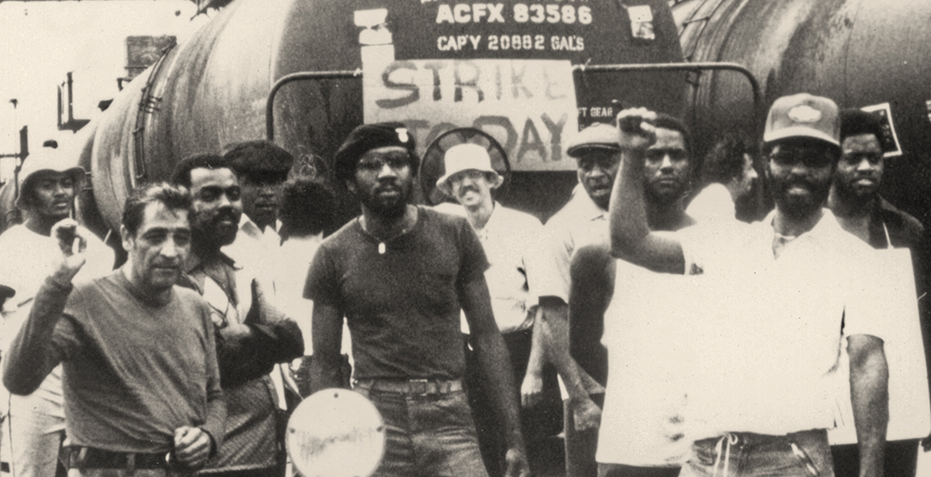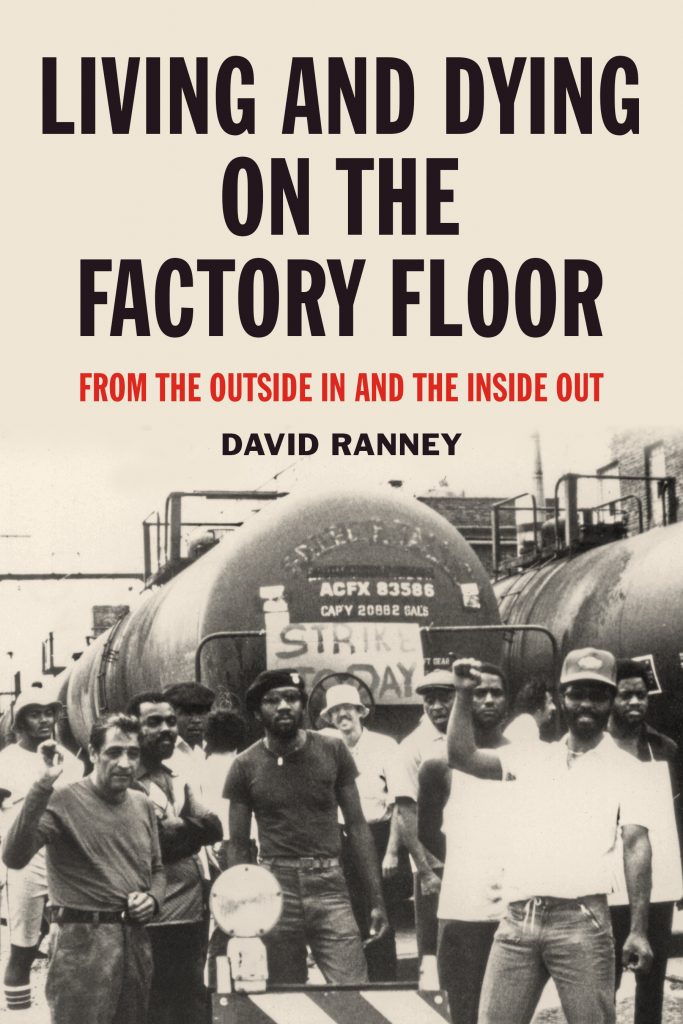By Jenni Herrick
Shepard Express
April 22nd, 2019
In 1976, there were more than 1.5 million heavy industrial jobs available to workers in Chicago and northwest Indiana. Today, when we hear politicians promising to bring middle-class manufacturing jobs back to American cities, they erase the harsh realities of what now-closed factories looked like in the United States only a few decades ago. Honestly, manufacturing work was dirty, dangerous and destructive to the environment. Racism, low pay and deplorable working conditions were the norm at most American factories long before deindustrialization reached its current levels.
An eye-opening and provocative new book by labor activist and professor emeritus David Ranney, Living and Dying on the Factory Floor: From the Outside In and the Inside Out, takes readers to Chicago as the author recounts his own experiences working in factories and organizing for better working conditions. Between 1976 and 1982, Ranney held jobs at seven manufacturing plants in the heavily industrialized area in the heart of Chicago’s South Side. He recounts sordid tales of illegal immigration raids, supervisor abuses, serious injuries and high tensions over race and class. During his year-and-a-half stint at the Chicago Shortening plant, Ranney found himself in the center of a wildcat strike, a work stoppage so named because it occurs in violation of a no-strike clause. The personal recollections in Living and Dying on the Factory Floor are passionate depictions of social struggle and outline tangible ways that activists of today can mobilize for a more just society.
Ranney left a faculty position in urban planning at the University of Iowa in 1973 to pursue socialist labor organizing. He later returned to academia at the University of Illinois-Chicago. He will speak at Boswell Book Co. at 7 p.m. on Thursday, April 25.







